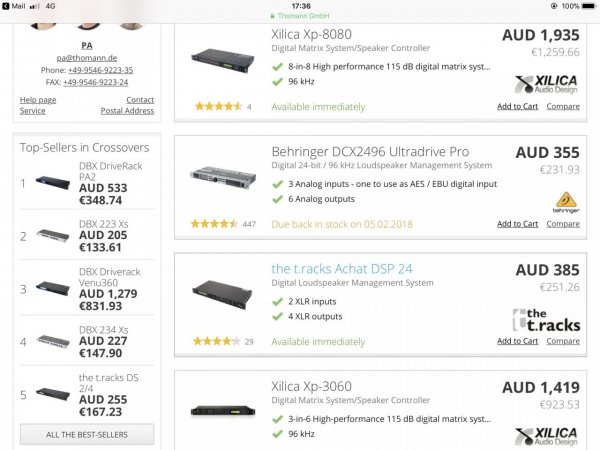As someone who has spent too much of his life integrating multiple subs my points would be
1. Multiple subs integrate better than single, this is because you smooth out the room bumps of single sub position
2. In order to coordinate main to sub I prefer to not use the subs controls but external crossover
3. To be able to control delay is very helpful to integrate subs well and I use it
Even a cheap digital pa speaker management crossover has this feature, along with phase changes and variable frequency cut off and crossover rates
4. You don’t need to locate the sub near the speaker plane Remember if you using a sub as a fill against a main it’s omnipresent ambience you adding not midbass , this is general information that is very complicated phase sound, with different delays , I would recommend at least delaying by 10 msec in first instance to use the Hass effect to your advantage
5. If your optimising for music and not theatre then shift cuts to actual musical pitches, to decrease boom when these pitches are struck
Typical bass pitches are 41; 55: 73 98; sometimes 31 in five string double bass, if you listen to bass player and have a guitar tuner when you hit a booming note you write down the pitch played and decrease in this area with High q cut out
These are general ideas I have formulated
I use seven smaller subwoofers 10 to 12 inch, I locate near boundaries as then you maximise room gain, and decrease compression issues of the amplifier and driver, I then correct the frequency anomalies,
6. In general your biggest anomalies are actually related to the room dimensions and not the position of the subwoofer, so not amount of moving them around can rid you of room resonances, other than by using multiple subwoofers at different positions to fill in the holes between the peaks
You must then correct these room anomalies, this can require big corrections , hence my idea of concerntrating on the corrections at musically significant pitches rather than room specific to concerntrate the correction where it’s needed most
7. I note in penning this, that I fact I am talking about two things , integrating a subwoofer with main speakers , and
Integrating a subwoofer with a room , they are different, but once you add a subwoofer into a room, then lower room modes come into play, and as JA famously noted, that’s a big problem to get away with
8. All subwoofers will effect the sound in midbass, midrange and treble, blending the effect to get a musical whole that is pleasing and believable is the art, not science of it.
My integration and bass pitch definition is excellent, I Note Al M comments and agree that there is big variability in bass output mainly in jazz and popular music, less in classical, I choose not to correct in general as it’s too time consuming for me, and it’s whats on the recording, but agree some of these corrections seemed designed for radio or iPhone playback, not audiophile playback














